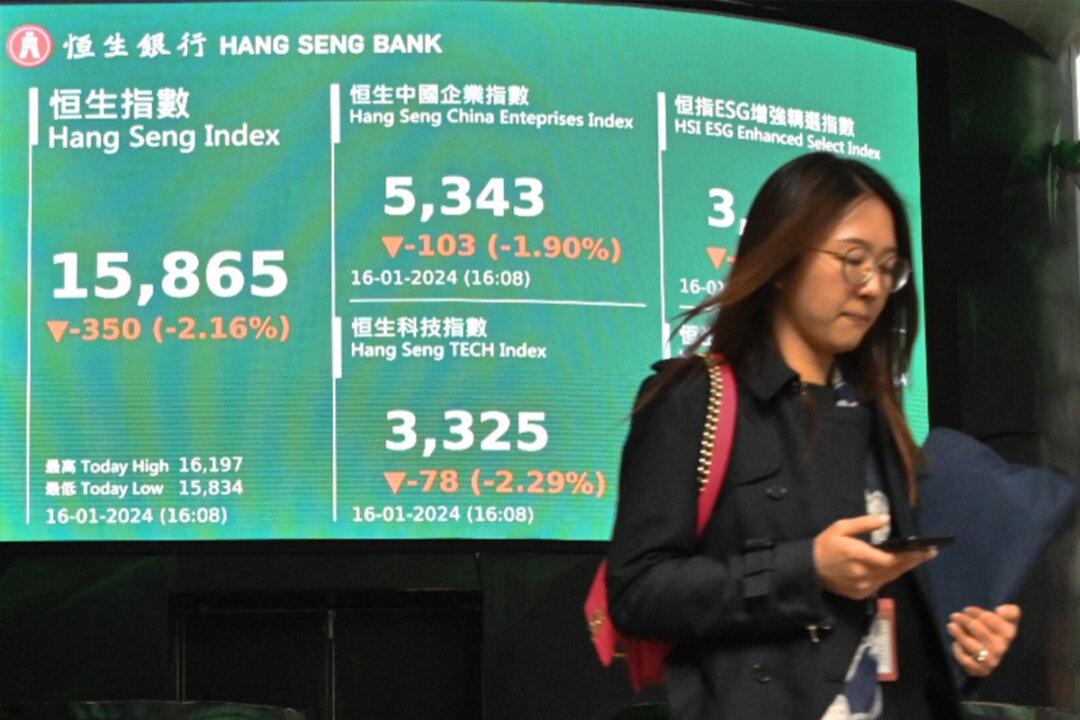China’s economy has rapidly deteriorated since the end of the second quarter, with the anticipated “revenge” rebound following the relaxation of pandemic restrictions largely absent. There was only a brief recovery in business activity in the first quarter. Even U.S. President Biden commented this month that China’s economy and society are “in trouble” and noted, “That’s not good because when bad folks have problems, they do bad things.”
Recently, China’s Country Garden and Sino-Ocean Group, defaulted on their debts, and Zhongzhi Enterprise Group and Zhongrong Group had a liquidity crunch dubbed China’s Lehman Moment. Coupled with the severe floods in northern China, deflation, sharp declines in imports and exports trade, the authorities’ decision to no longer disclose youth unemployment rates, and unexpected intentions to reduce interest rates to facilitate financing, all reflect an unfavorable overall situation.
When considering several key macroeconomic indicators released by China in the past 30 days, the situation indeed appears exceptionally dire. Given China’s history of manipulating official data, the situation may be even worse. The official data alone shows that July’s Consumer Price Index (CPI) dropped by 0.3 percent compared to last year, slightly better than the predicted 0.4 percent decline but equal to June’s figures. The Producer Price Index (PPI) for July fell by 4.4 percent year-on-year, worse than the forecasted 4.1 percent decline but better than the 5.4 percent drop in the previous month.
On the trade front, July’s exports plummeted 14.5 percent year-on-year, worse than the predicted 12.5 percent decline and the 12.4 percent decrease in June. Meanwhile, imports witnessed a sharp 12.4 percent year-on-year decline, far exceeding the forecasted five percent drop and the 6.8 percent decline in June. The trade balance recorded a US$ 80.6 billion surplus.
Also, consider the three key economic indicators referred to as the “three-engined carriage” in the market: industry, fixed investment, and consumption. Industrial output in July increased by 3.7 percent year-on-year, falling short of the expected 4.4 percent growth but matching the 4.4 percent rise seen in the previous month. Fixed asset investment in July rose 3.4 percent year-on-year, lower than the expected 3.8 percent increase and the 3.8 percent growth recorded the June. Retail sales slowed in July, with a 2.5 percent year-on-year increase compared to the anticipated 4.5 percent growth and the 3.1 percent increase in the previous month. Year-to-date, retail sales increased by 7.3 percent year-on-year.
According to S&P Global and Caixin Media data, the Purchasing Managers’ Index (PMI) for the manufacturing sector in July was reported at 49.2, falling below the 50-point expansion-contraction line, reflecting a contraction in economic activity, down from 50.5 the previous month. The services sector PMI in July was 54.1, up slightly from 53.9 in June. In July, the average price of new properties in 70 major Chinese cities fell by 0.1 percent year-on-year, remaining unchanged from the previous month.
Overseas direct investment in July dropped by four percent year-on-year, with a 2.7 percent drop reported the previous month. Foreign exchange reserves in July reached US$3.204 trillion, up from US$3.193 trillion in June. In July, new loans increased by 345.9 billion yuan (US$ 48.32 billion), significantly lower than the market’s anticipated 800 billion yuan (US$110.60 billion) and a sharp drop from the 3.05 trillion yuan (US$420 billion) increase in the previous month. Total social financing increased by 528.2 billion yuan (US$73 billion) in July, far below the expected 3 trillion yuan (US$410 billion), significantly decreasing from the 4.22 trillion yuan (US$580 billion) increase in the previous month. Outstanding loans in July increased by 11.1 percent year-on-year, slightly below the market’s expected 11.3 percent increase.
In the first six months of this year, China’s industrial profits declined by 16.8 percent year-on-year, with a drop of 18.8 percent recorded in the first five months.






